On the 24th of March, while on sabbatical leave, I travelled to Sydney, Australia to begin a six-week research sojourn sponsored by two of my colleagues at the University of Sydney: Thomas Newsome and Chris Dickman. Over the next few weeks, I'll be updating this post with dispatches from down under.
| Shortly after arriving in Sydney, on the 30th of March, we set forth for the Simpson Desert for a week of field research, traveling in two of Australia's iconic field vehicles: Toyota LandCruisers and Hiluxes (pictured). After crossing the Blue Mountains outside of Sydney, and dining on meat pies (another Aussie institution), we found ourselves in open farm country, which in turn gave way to dry rangelands and eventually desert. The emptiness of Australia's interior is truly striking and, for someone like me who spends so much time in the city, something to be cherished. |
| As we passed from New South Wales into Queensland, Tom and I encountered the dingo proof fence, the world's longest fence at approximately 5,500 km! The fence is an attempt to protect sheep by excluding dingoes (Canis dingo) from almost a quarter of the continent, and is a sobering reminder of the dingo's dubious status as a pest here in Australia. A growing number of studies now point to the dingo's role as an important top predator that suppresses herbivory by kangaroos and numbers of smaller, invasive carnivores (red foxes and feral cats), creating a paradox whereby these canids are cast as both villains and ecological heroes (photo by Tom Newsome). |
| Each morning during my weeklong stay in the desert, we began by checking several grids of pitfall traps. Chris Dickman and his colleagues have been using these traps to track fluctuations in the abundance of sensitive small mammals and reptiles in relation to environmental changes such as rainfall and the presence of predators like red foxes. The highlight of these trapping sessions for me was getting to handle and release a mulgara (Dasycercus cristacauda), Australia's 8th largest native mammalian predator. Mulgaras can deliver quite a bite, so I had to stay on my toes while mugging for this photo (by Tom Newsome). |
| The undisputed highlight of my stay in the desert was a near face-to-face with a dingo. Tom and I were searching a watering point for predator scat with a couple of volunteers, when all of a sudden a lone 'black and tan' dingo burst from the brush, not five meters away! I was so startled that I didn't get any pictures, and soon the dingo had disappeared into the bush again, but I'll never forget being so close to Australia's top mammalian carnivore. Later on, I snapped this photo of some reasonably fresh dingo tracks, which as is often the case were following a road (dingoes like to travel efficiently just as we do). |
| My first catch of the day (photo by Eveline Rijksen). | Near the end of my stay in the Simpson, I got the chance to assist with capturing a few military dragons (Ctenophorus isolepis). These small lizards are really quick, so catching them is no small feat. The capture method involves using a monofilament noose at the end of a fishing rod; yep, that's right, lizard fishing! The key is to approach stealthily, so as not to elicit flight, and then to carefully slip the noose over the lizard's head and pull it tight. I snagged three in this manner, but not without a bunch of near misses first. All of the dragons we captured had been equipped with transmitters, for the purpose of tracking their movements in relation to temperature. From my discussions with the graduate student doing the work, Eveline Rijksen, military dragons are good at staying cool despite punishing heat that can exceed 70 degrees C at ground level during the summer. |
| Back in Sydney, I got the chance to spend a few days as a guest of the Dickmans. Chris and his wife Carol were wonderfully gracious hosts, who among other things took me to Centennial Park to see the resident flying fox (Pteropus poliocephalus) colony. Flying foxes are fruit eaters, and the members of this huge colony, which numbers in the thousands, make use of the Park's many fig trees. The bats were everywhere and made quite a ruckus. I'm surprised that they aren't more of a tourist attraction, especially given that the Park itself is quite stunning. |
| The legendary 'Tanami Track', a 700+ km stretch from Alice Springs to Halls Creek (WA) that lacks any services and features breathtaking desert vistas. Many adventurous Aussies prepare for years to tackle it. With its many corrugations (washboards) and potholes, I can attest that this road isn't for the timid. | The April 2016 "gunna" sampling team. We spent three long days scouring the Tanami Desert for dingo droppings, ultimately collecting more than 800. Tom will now use these samples as the basis for a diet study. |
| As a PhD student at the University of Sydney, Tom found that access to human foods in some regions of the Tanami had led dingoes to alter their diets, abandon territoriality, and instead gather in large numbers around subsidized locations. As a first step, we'll use the scats we sampled to test whether the closure of the dumps on which some dingoes in the Tanami used to rely has resulted in more natural foraging patterns. Fortunately, we sampled several areas that were far from any human impacts. These areas will serve as baselines for establishing 'normal' dingo diets that can then be compared to areas where dingoes used to exploit human foods. |
| The view from the second overlook at Kata Tjuta (right). The hike to its top is challenging, but well worth the effort. Further improving the experience, I had the park virtually to myself. Accordingly, I was able to freely photograph my surroundings and wore out both of my cameras. Haven't gone that crazy since a trip to Glacier NP back in the early 2000s. Kata Tjuta combines brilliant red rocks, green spinifex, and blue skies. It's paradise. |
| Coogee Beach (above). A nearby overlook offered some amazing views (to the right, and below). | Don't worry Brooke, I was wearing a protective hat (the Australian sun is notoriously brutal), but doffed it for this picture because of shadowing. The run took me six kilometers south of Bondi, to nearby Coogee Beach, along a truly majestic stretch of coastline. |

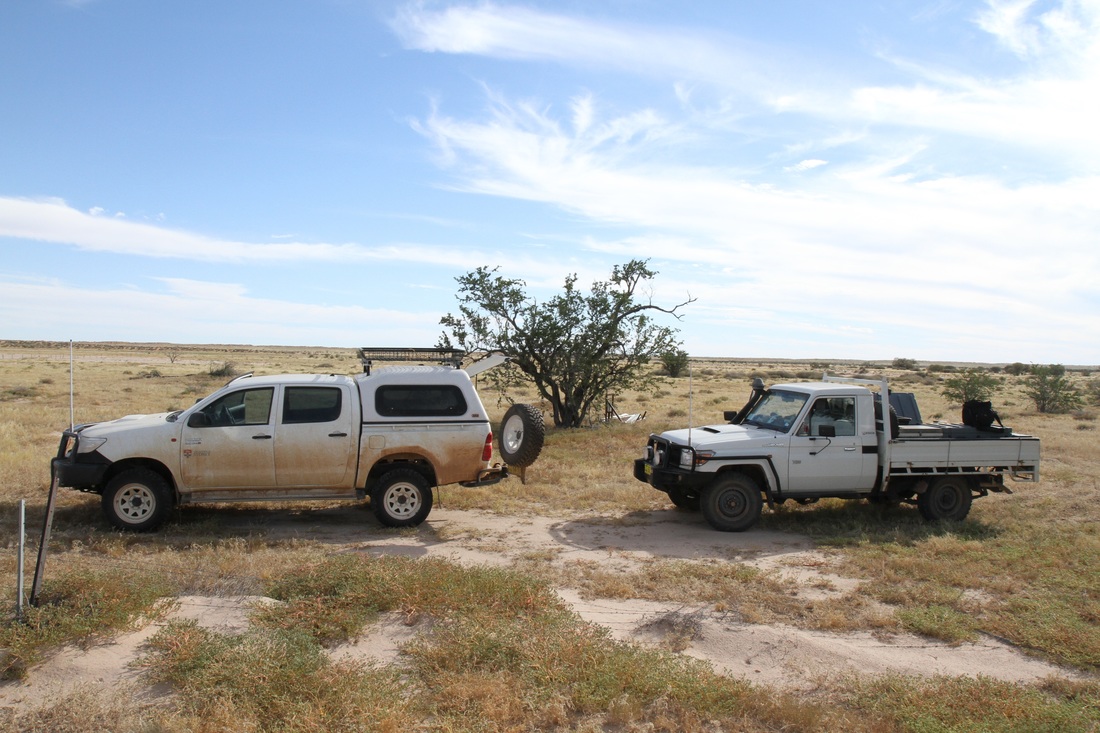
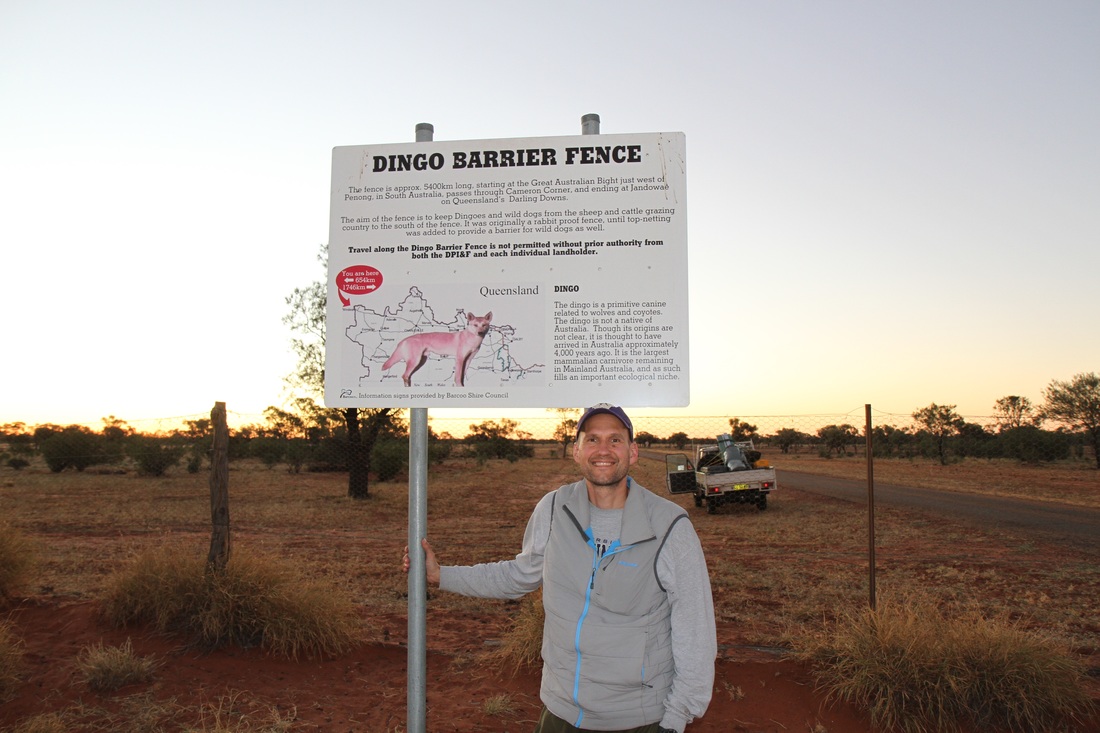


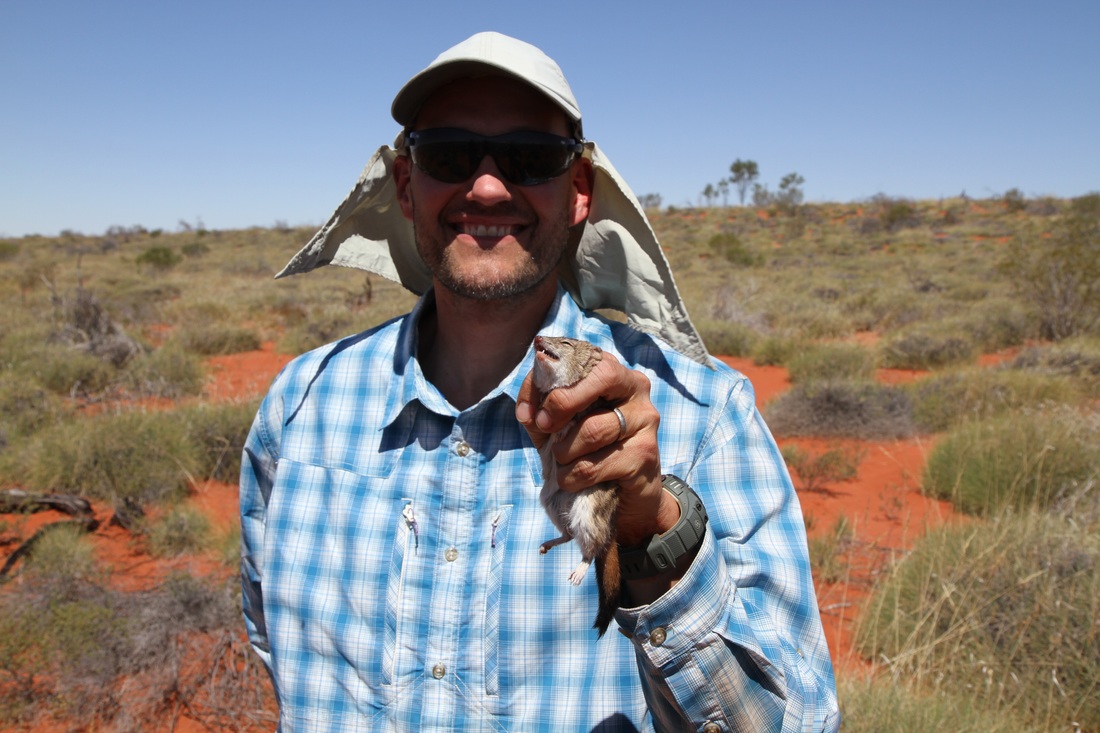
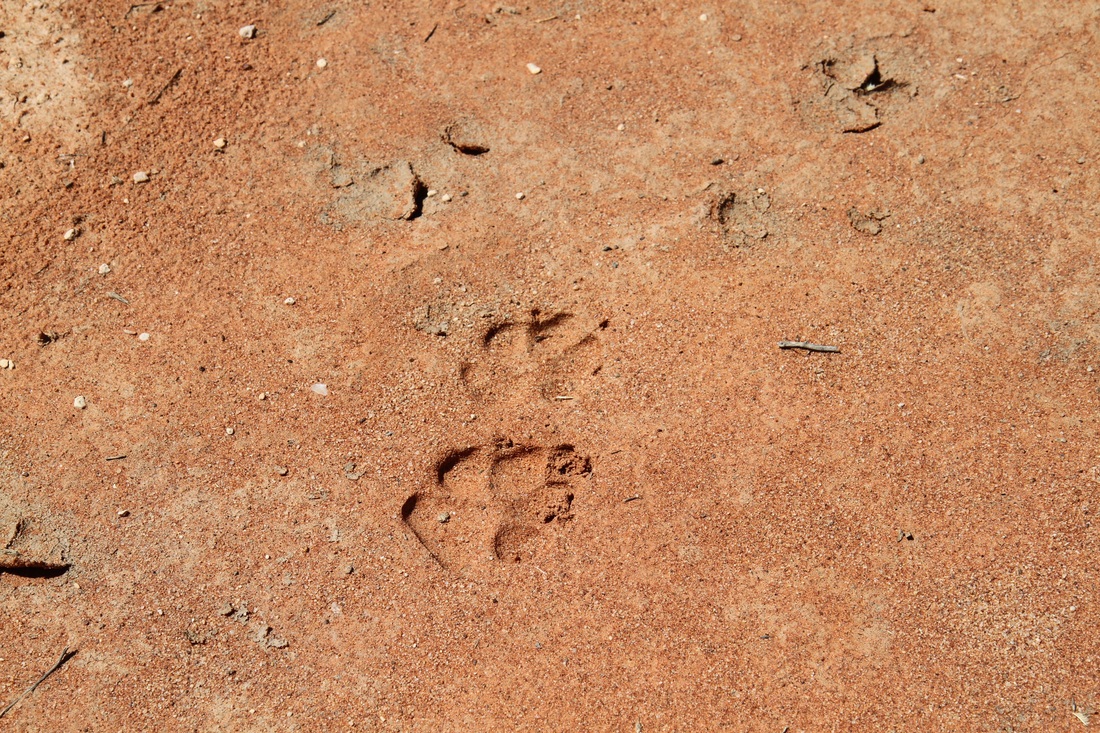
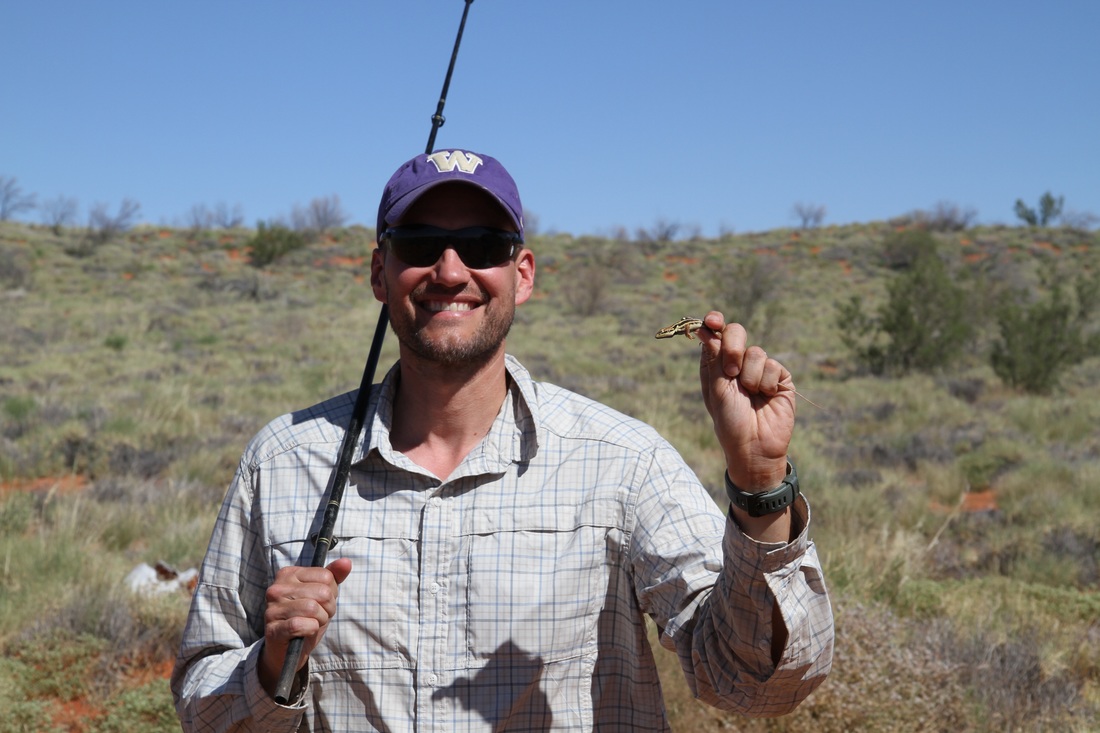
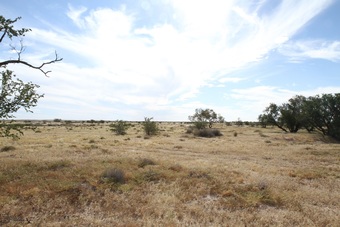
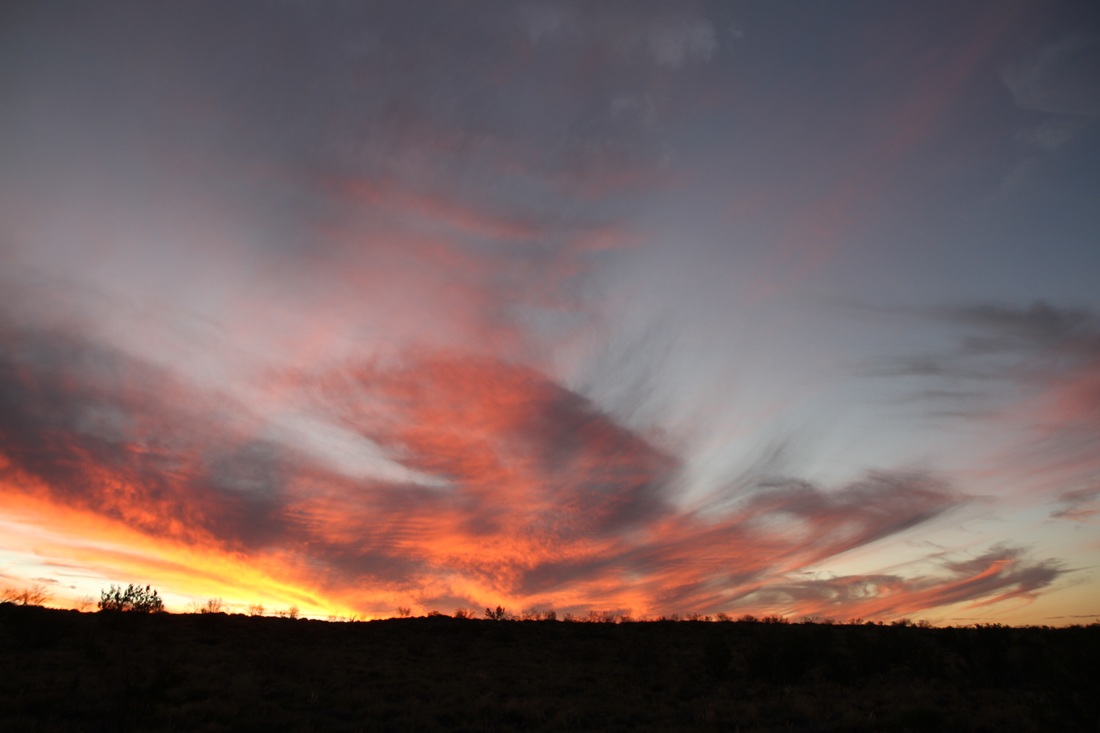
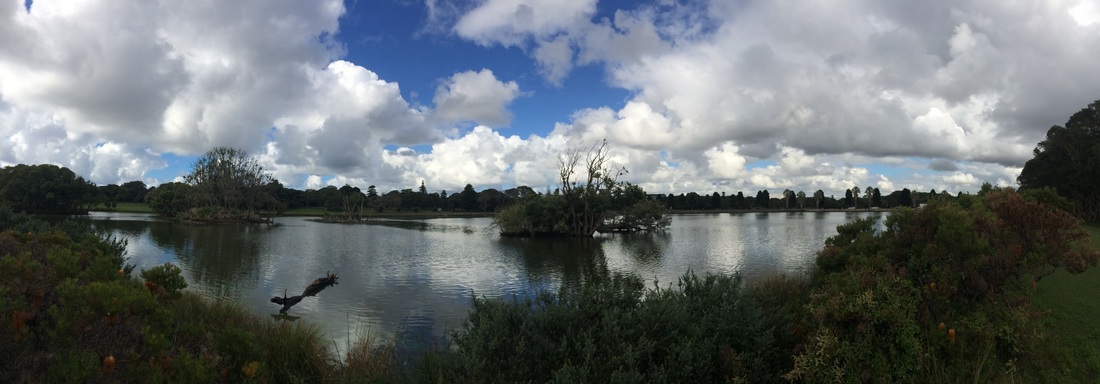
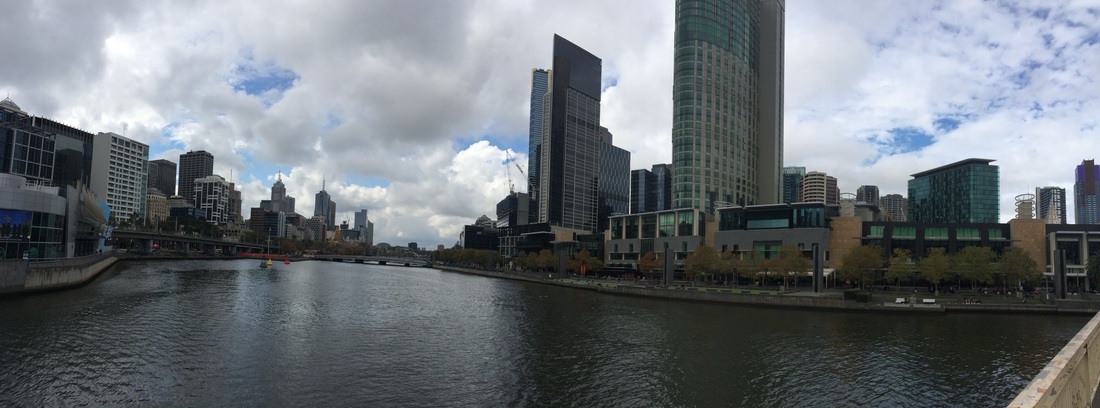
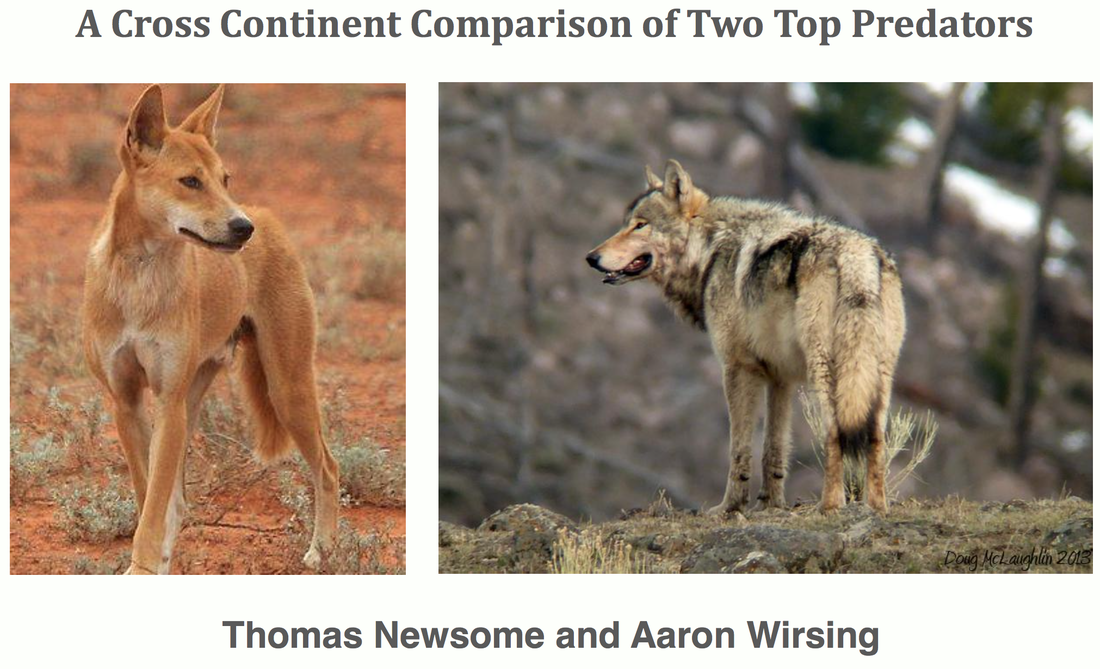
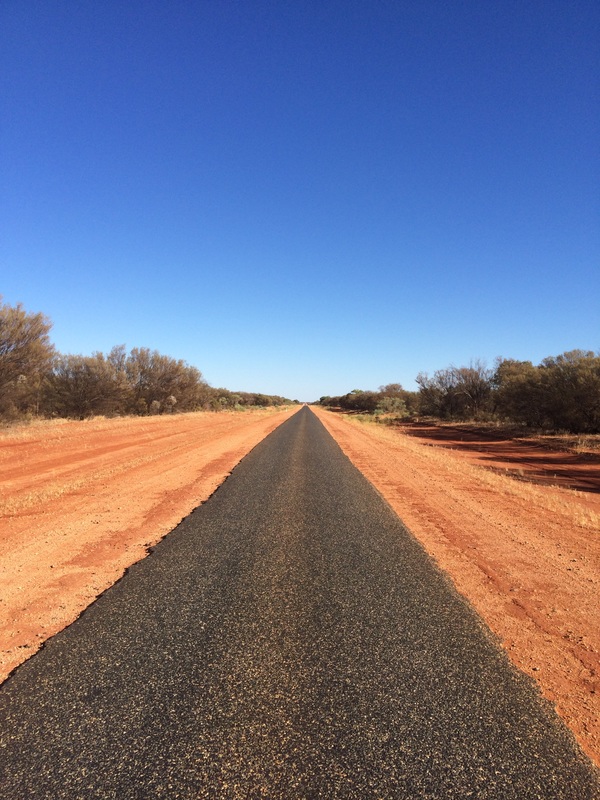
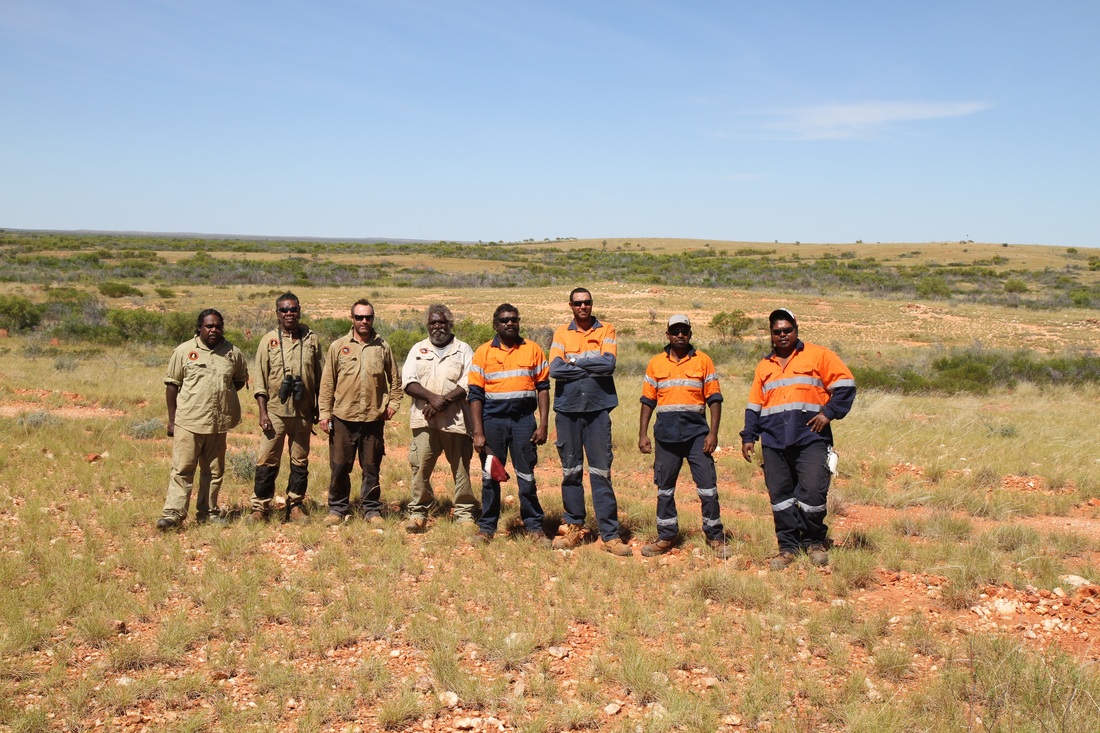
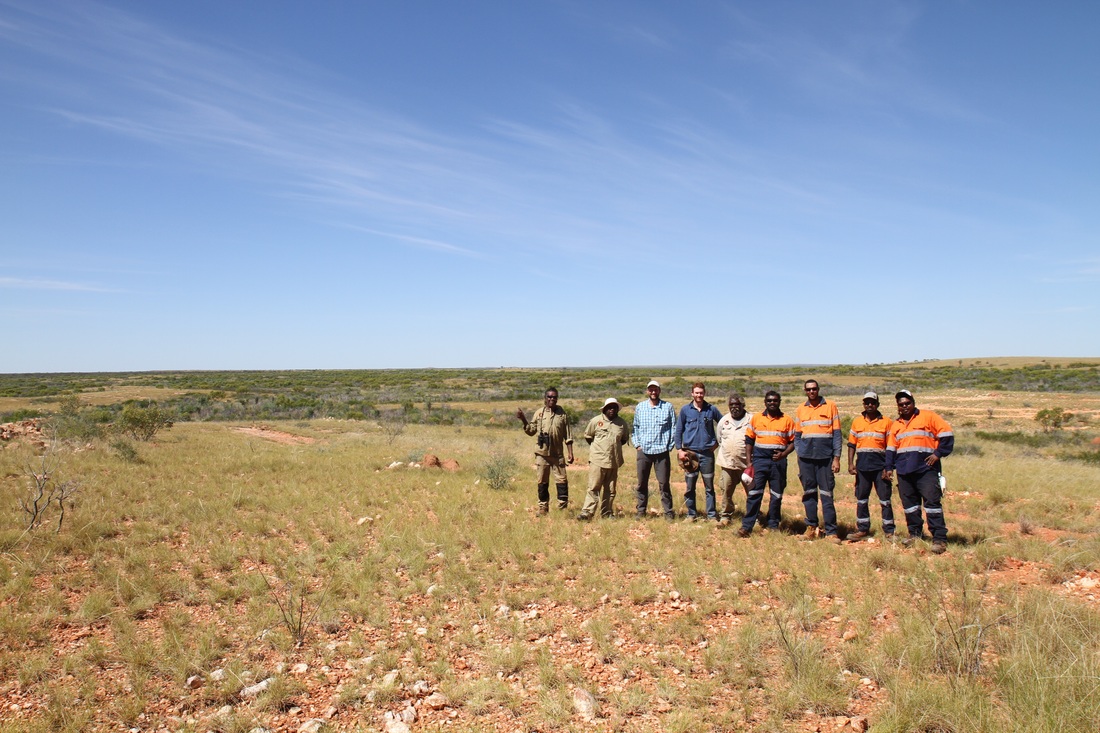
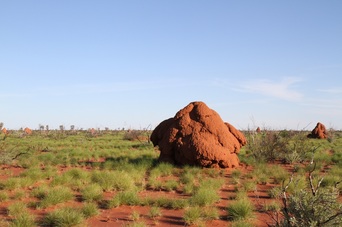
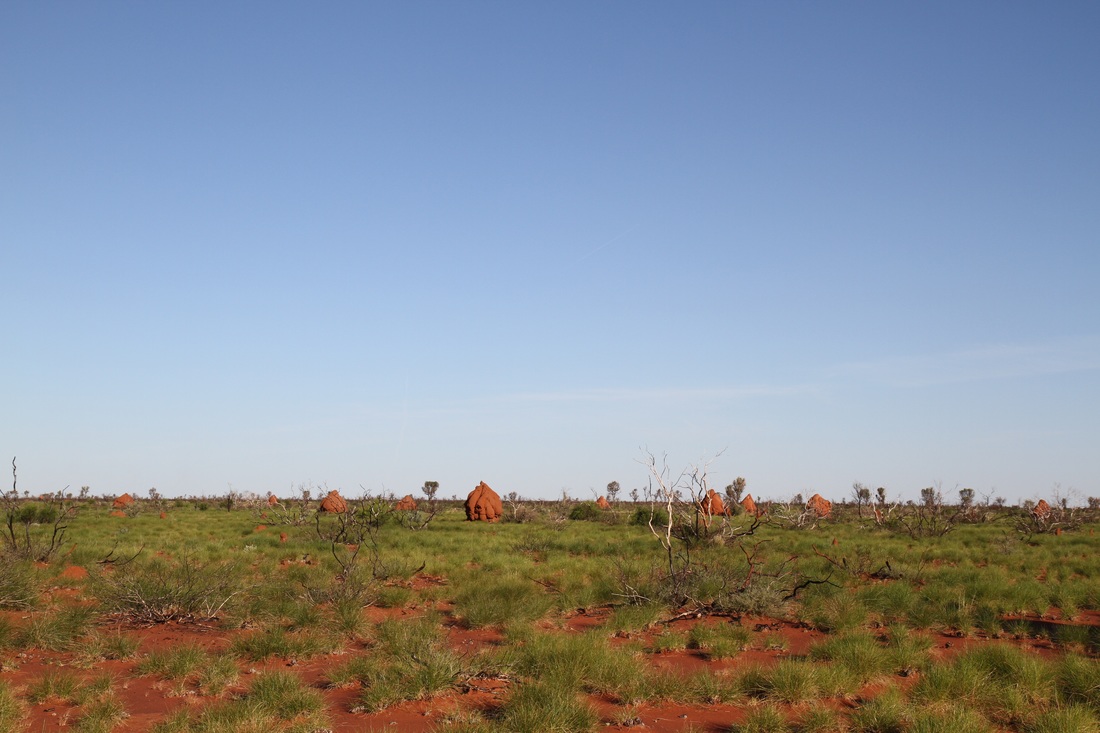
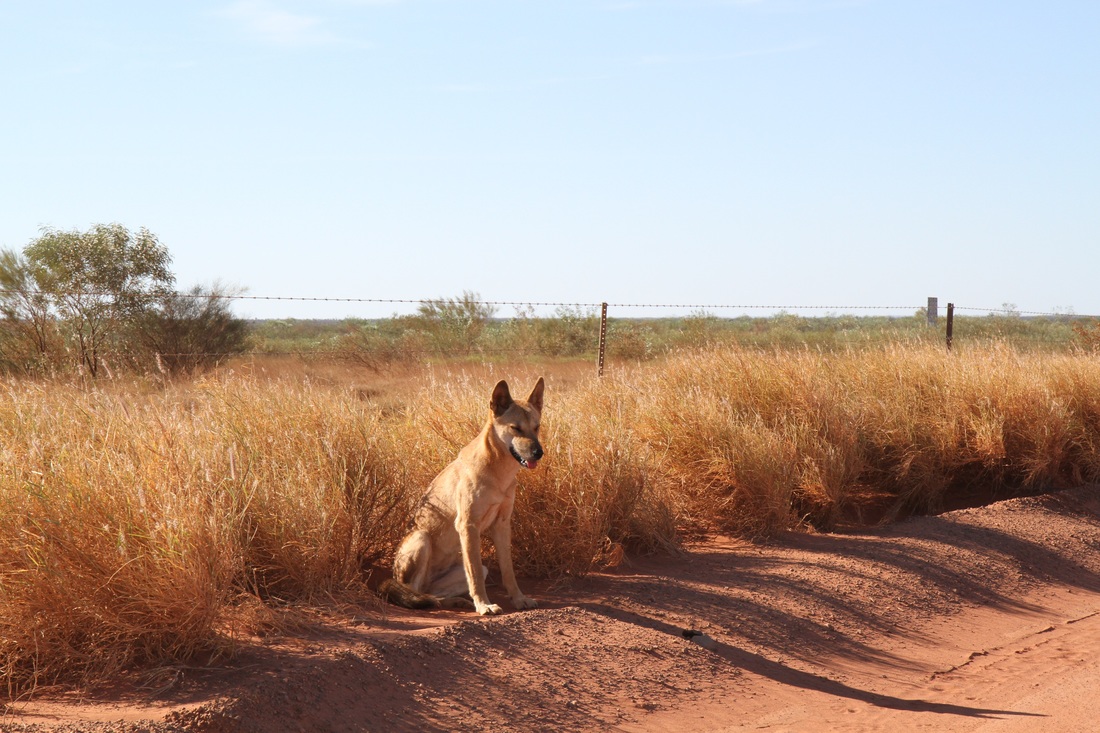
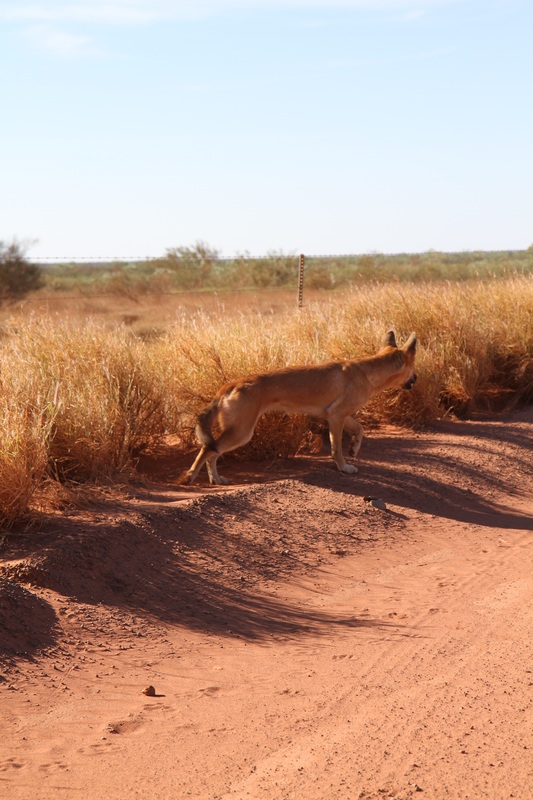
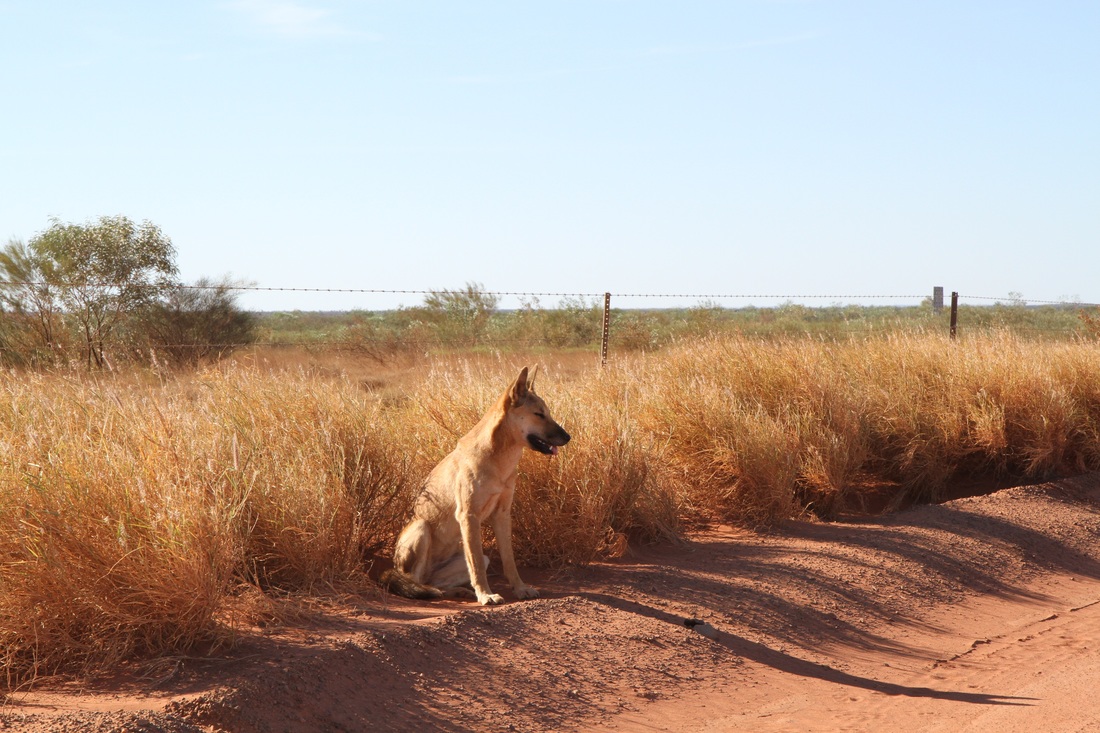
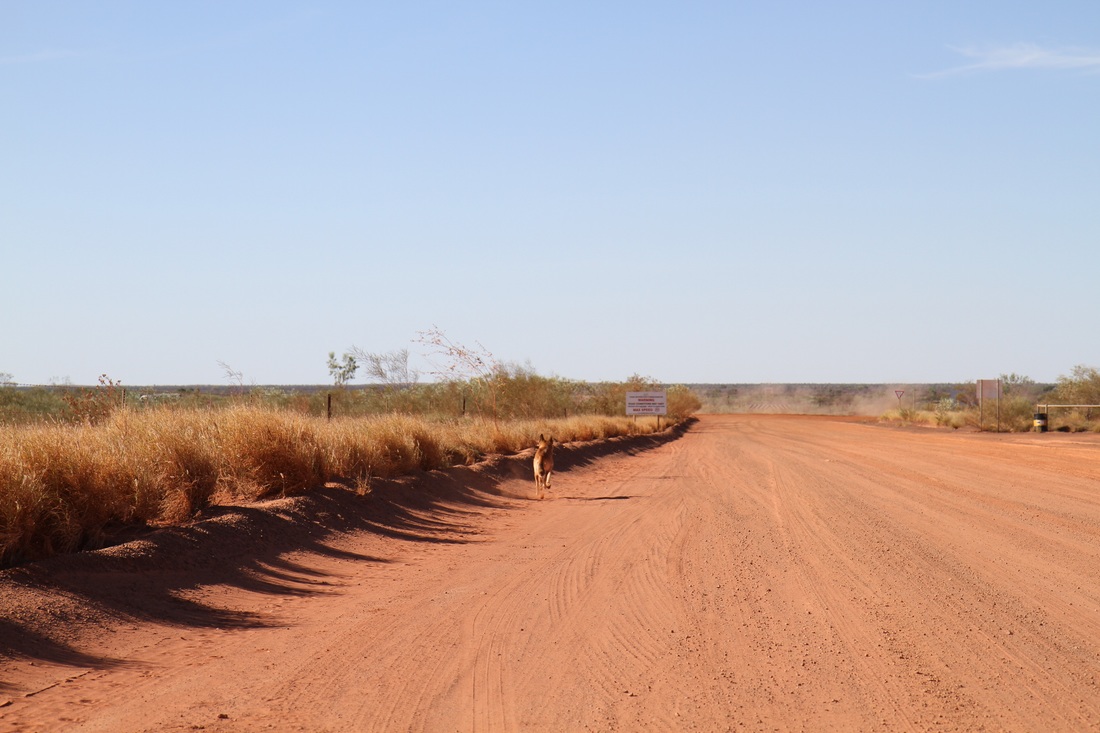
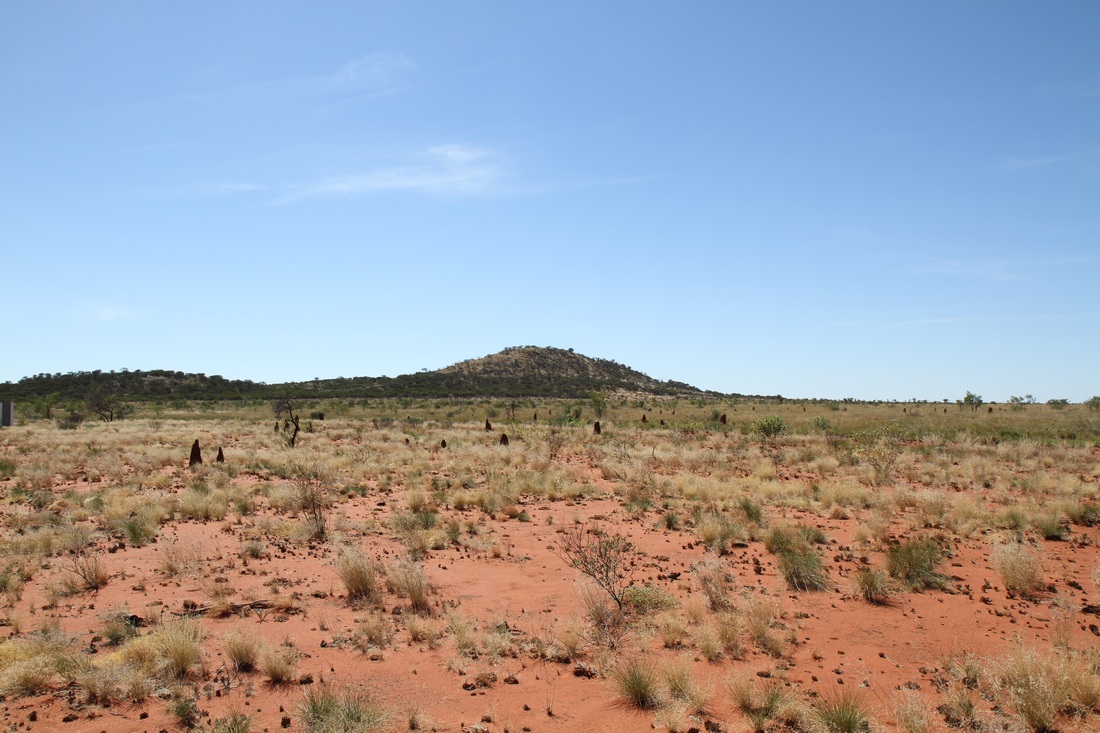
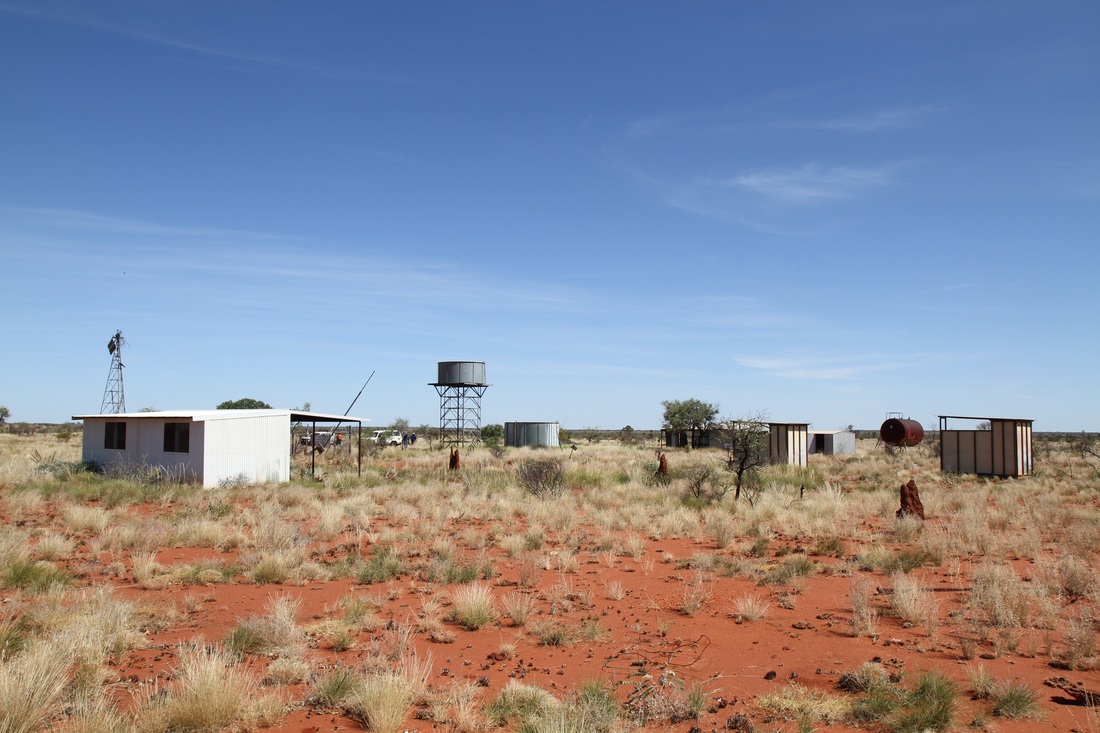
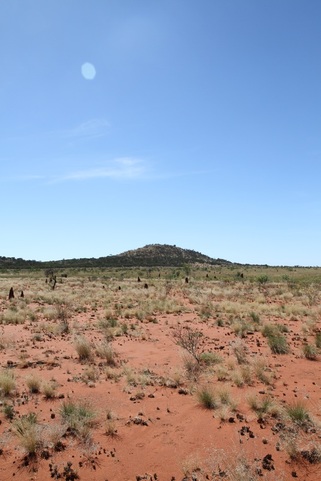
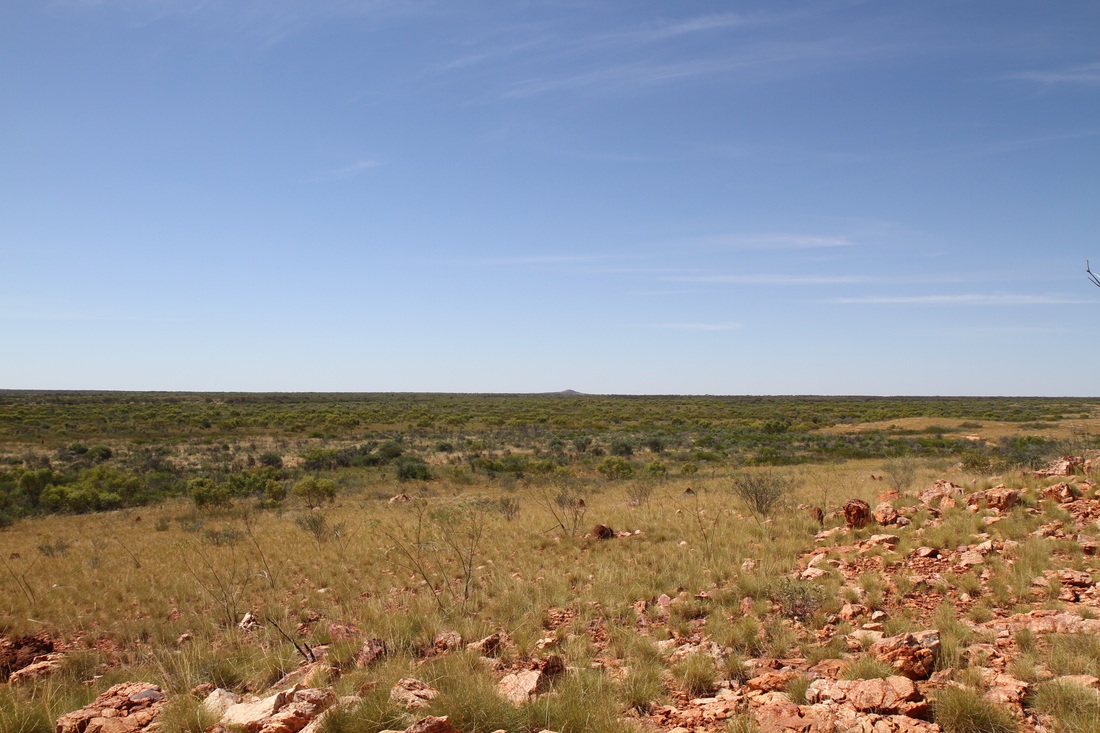
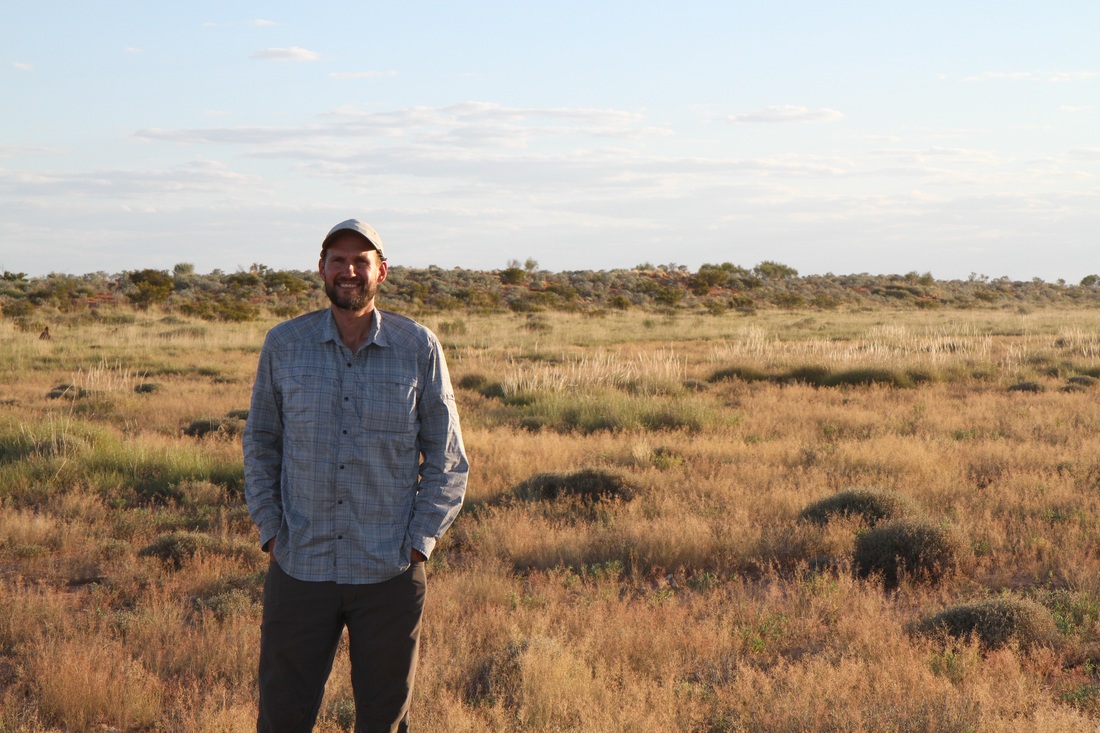
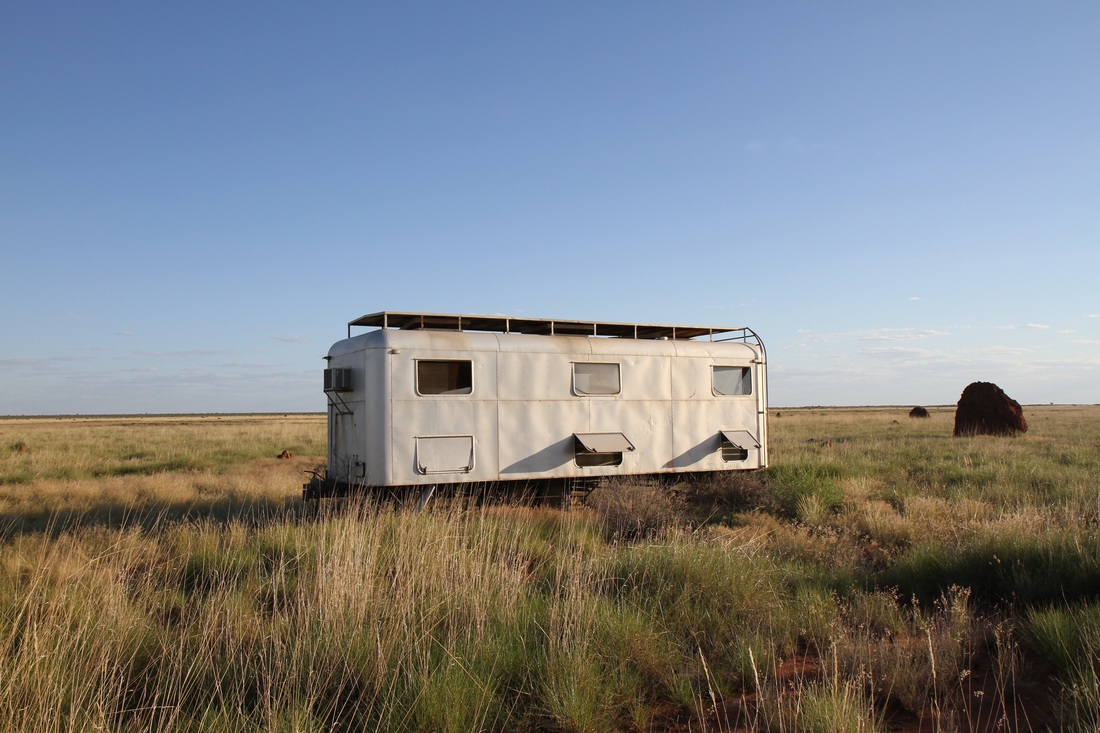
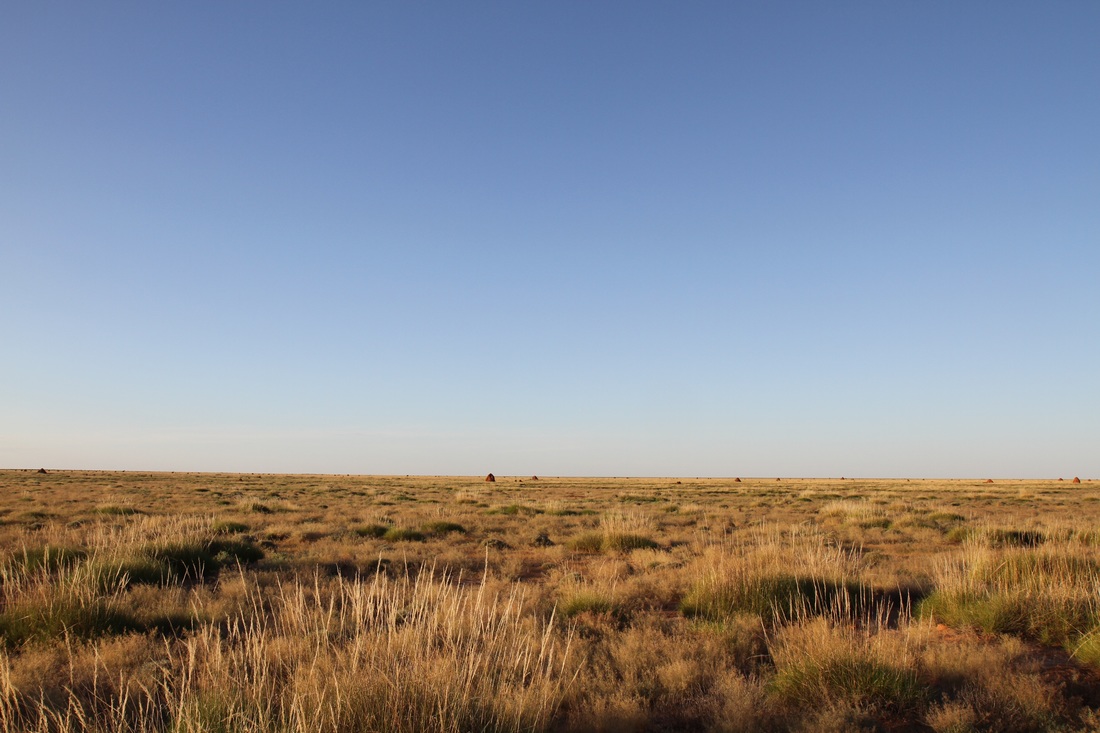
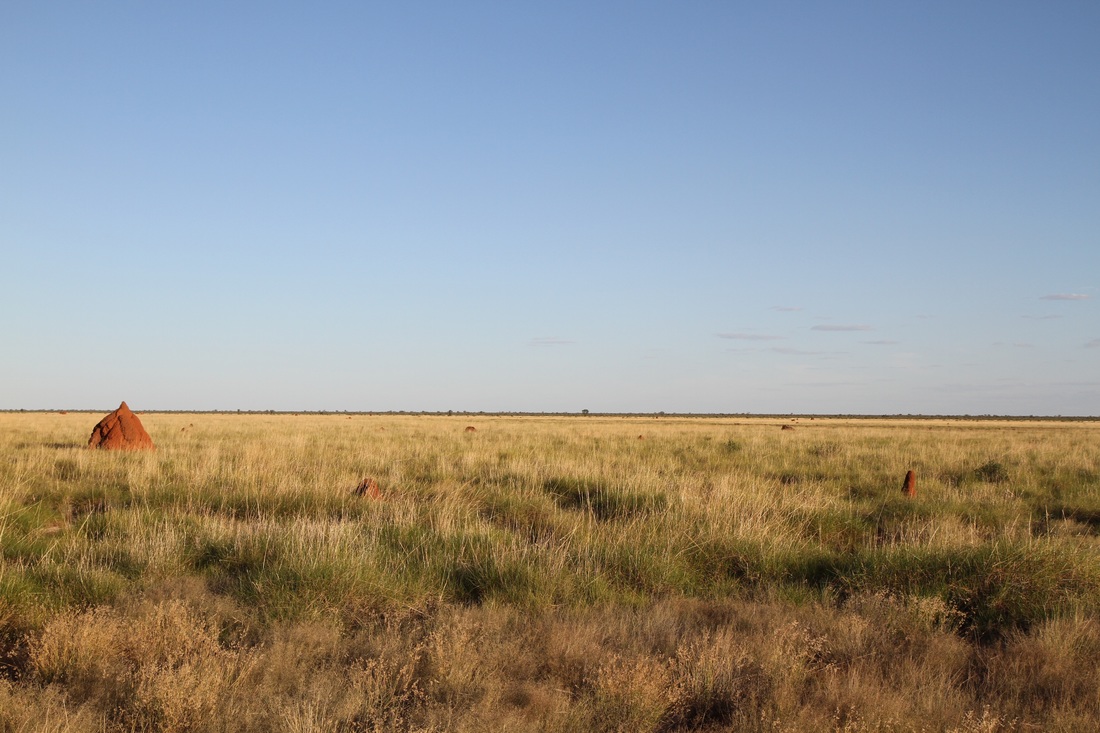
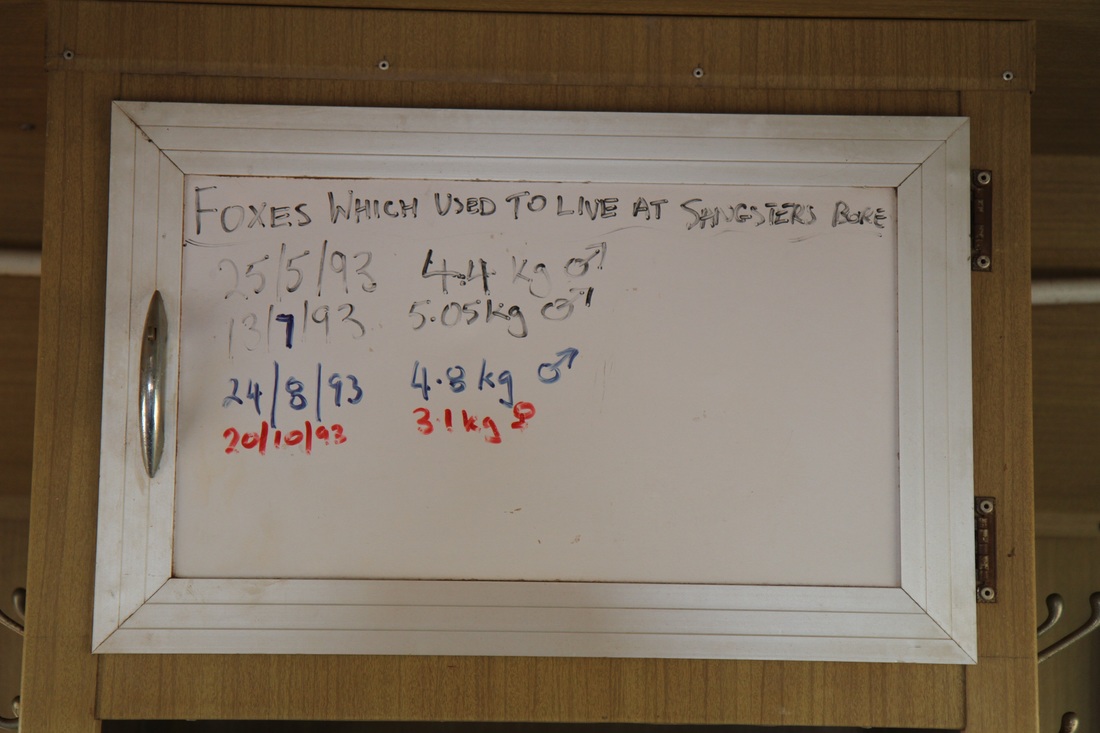
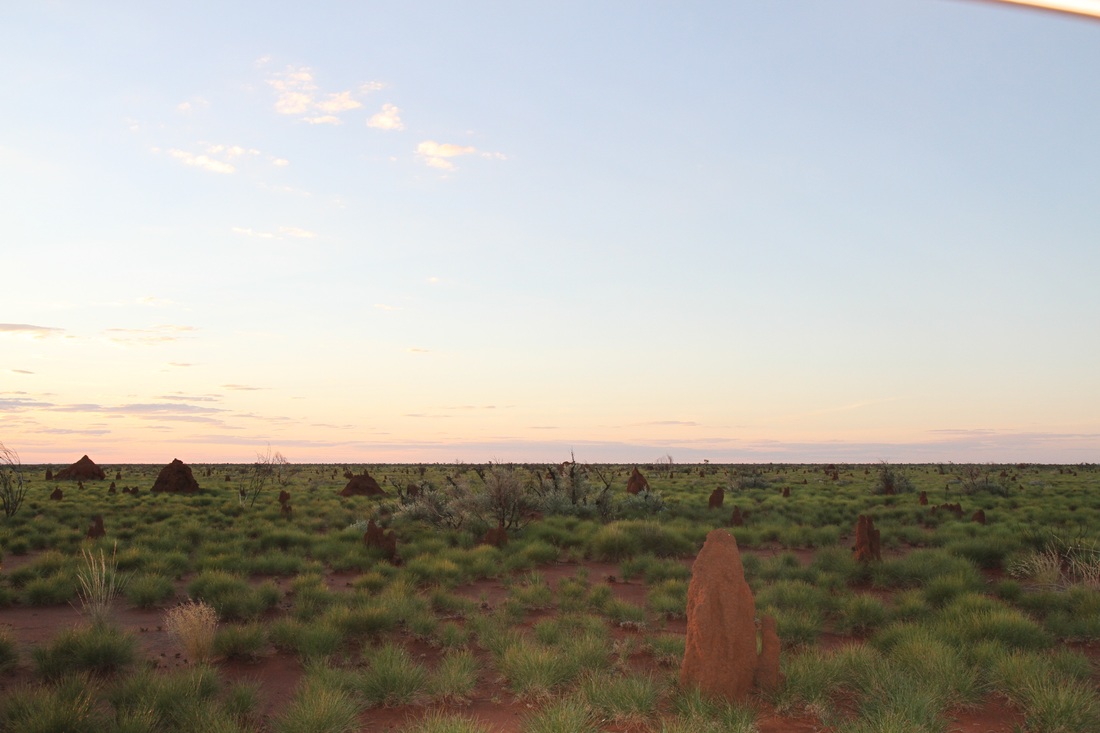
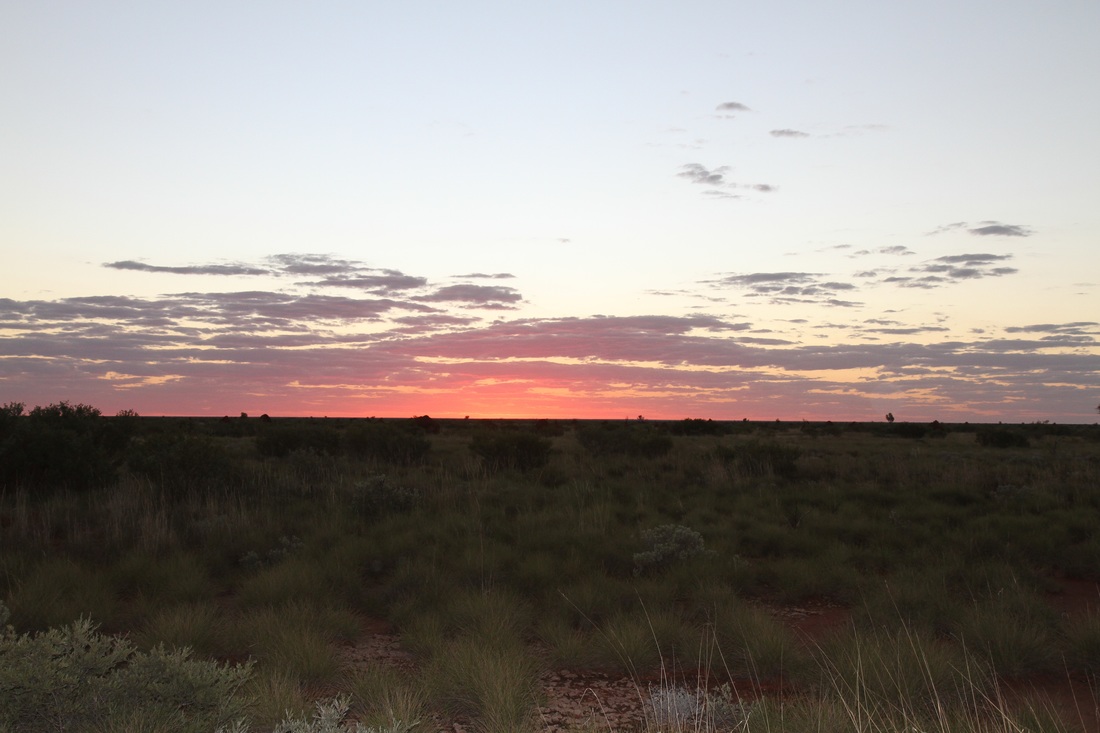
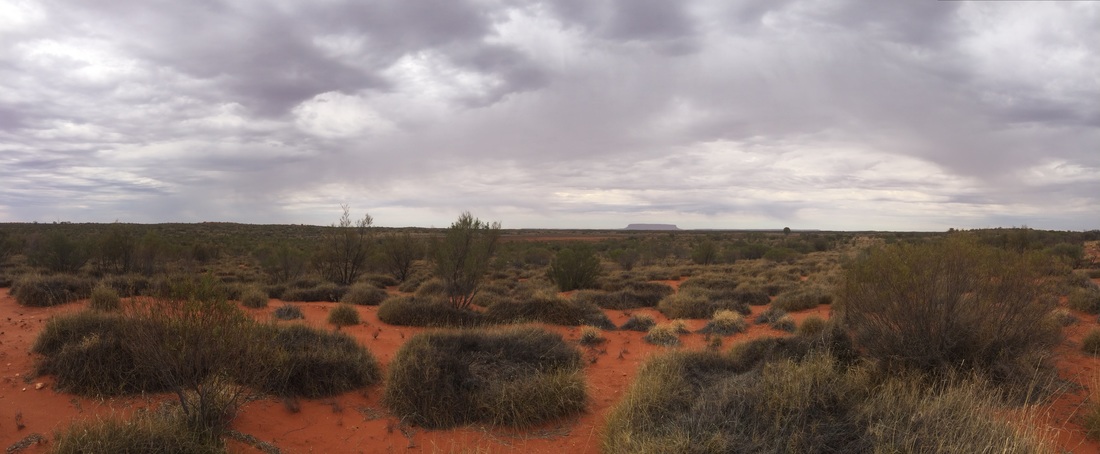

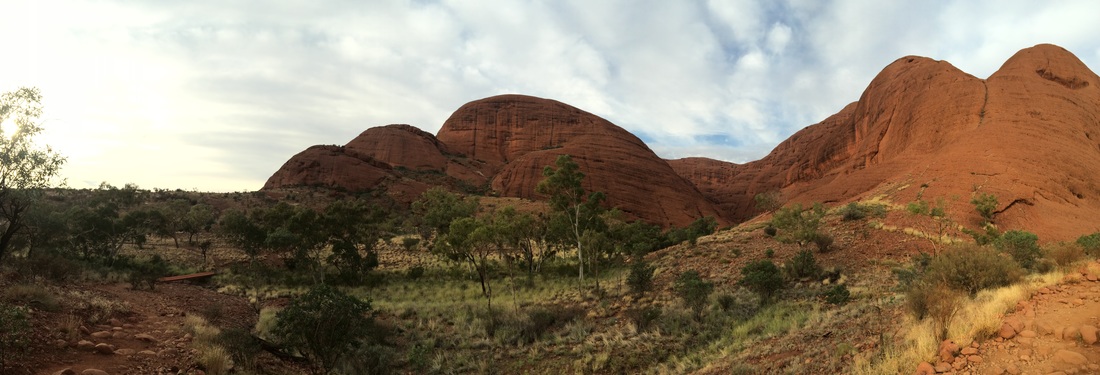
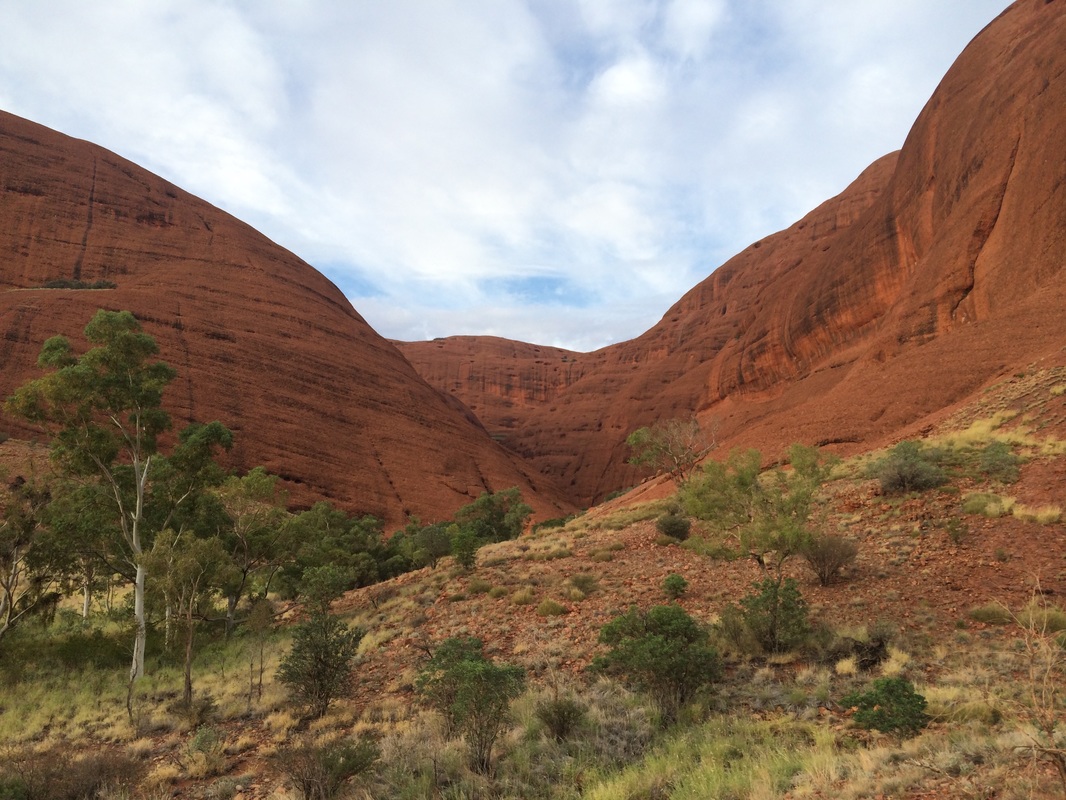


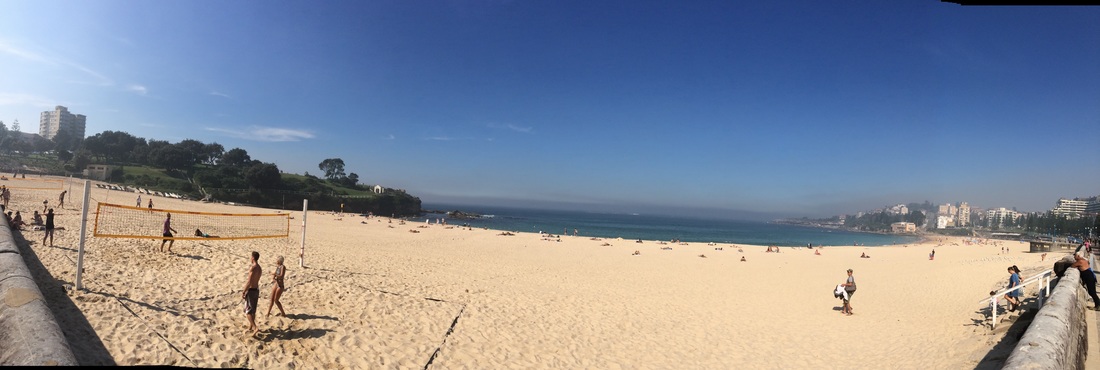
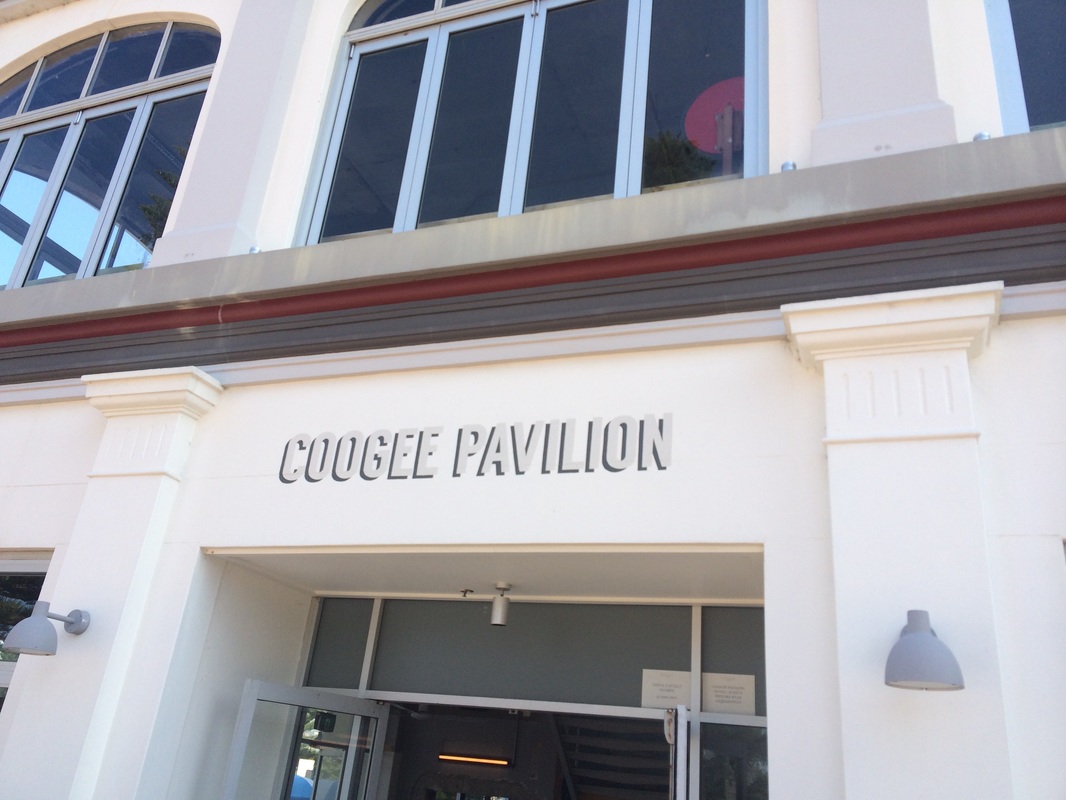
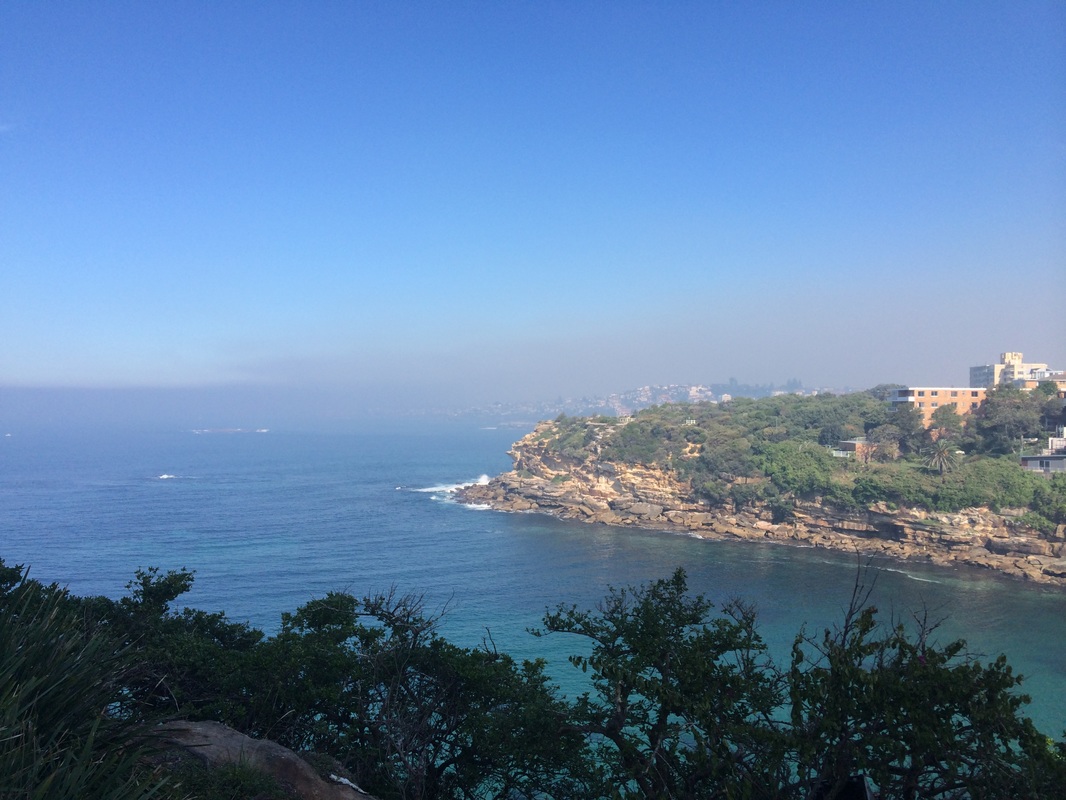
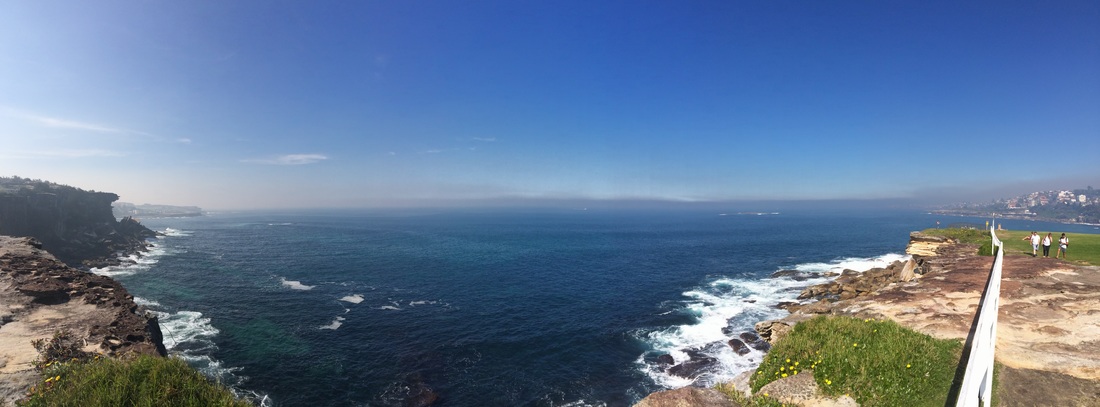
 RSS Feed
RSS Feed